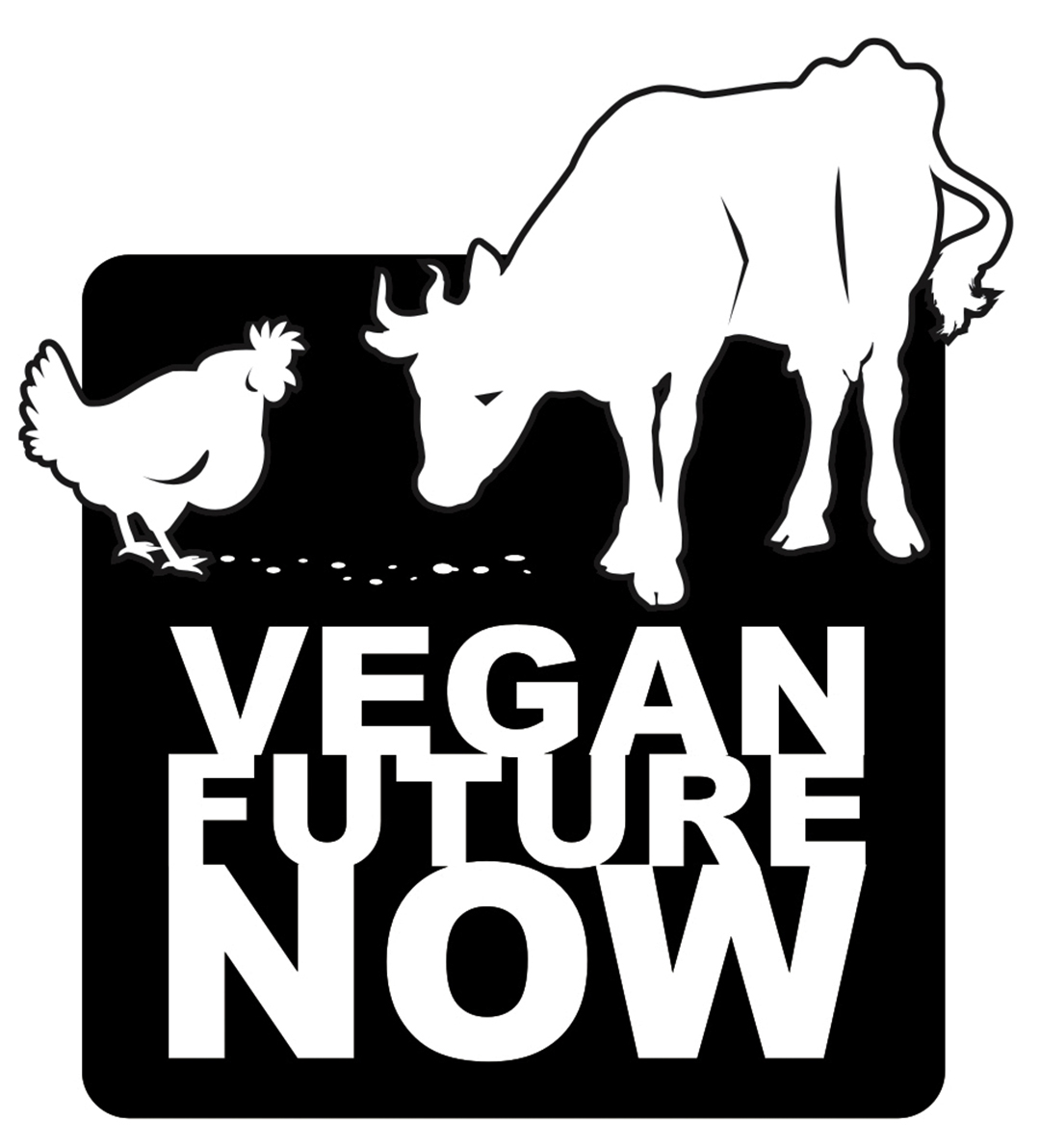“If you have compassion for animals and if you believe that they have the right to be treated decently and to live free from unnecessary suffering, then there is no system of breeding, enslaving, and slaughtering them that will suffice and you should not allow your conscience to be mollified by dubious marketing claims.”
Those who invoke the “Happy Meat Fallacy” when defending their choice to eat animals are making an argument that seems, at least on its face, somewhat less preposterous than most other defenses of the practice. “After all,” they reason, “Isn't it preferable for farm animals to live their lives in the bucolic serenity of verdant fields of clover, galloping insouciantly hither and yon, rather than living in the deplorable squalor and filth of factory farms? Isn't that more humane? More compassionate? More responsible?”
These chickens have at least occasional access to the great outdoors and therefore meet the legal definition of "free-range". Don't you feel better?
On the surface, this is a seductive argument and the seductiveness of it is not lost on the PR firms responsible for foisting the Happy Meat campaign upon the perhaps well-intentioned consumers who want to make “more responsible food choices”. But as with so many advertising ploys and marketing claims, the words and images used to sell Happy Meat are seldom congruent with the reality of “free-range” and “compassionate” farming. In the United States, the agency responsible for establishing food labeling terms is the U.S.D.A., which lists on its Web site the following sole criterion for the term “free-range”: “Producers must demonstrate to the Agency that the poultry has been allowed access to the outside.” That is literally the extent of their criteria. There is no requirement regarding the duration of access to the outside, nor anything that specifies what, if any, other minimal standards of care for the animals must be met.
It is, therefore, entirely consistent with the U.S.D.A.'s definition of “free-range” for a farmer to have a small door in an enormous shed that houses tens of thousands of chickens, and then to open that door for five minutes a day, thus giving the chickens “access” to the outdoors. And perhaps it should go without saying at this point that the outdoors to which these "free-range" chickens are given access needn't be a “range” in any recognizable sense of the word. A farmer could give his chickens five minutes of daily access to a gravel pit and still receive the U.S.D.A.'s coveted (and lucrative) certification for “free-range”. And as applied to eggs produced in the United States, the term “free-range” has no legal definition whatsoever; nor is there even a common set of “free-range” standards established by the industry itself, making the term utterly meaningless when applied to eggs.
“A farmer could give his chickens five minutes of daily access to a gravel pit and still receive the U.S.D.A.’s coveted (and lucrative) certification for ‘free-range’.”
Unlike the term “free-range”, which could, at least in theory, have some substantial and relevant meaning, the term “humanely slaughtered” is a fatuous and obscene oxymoron. While some methods of killing an animal are admittedly less cruel than others, they all involve an unpardonable act of violence against an innocent and defenseless animal who had, in most cases, lived only a fraction of her natural life: a life which she valued and which she forfeited in abject terror, regardless of the method used to take it.
If you have compassion for animals and if you believe that they have the right to be treated decently and to live free from unnecessary suffering, then there is no system of breeding, enslaving, and slaughtering them that will suffice and you should not allow your conscience to be mollified by dubious marketing claims. All such systems of exploitation are, by their very nature, antithetical to the interests and the rights of animals. Regardless of the marketing claims that surround them, they are based on the morally indefensible premise that non-human animals are, or can be used as, commodities, objects, and machines. And in any conflict concerning the rights of a machine and the interests of the machine-owner, it is the machine that invariably loses. And doesn't this inherent asymmetry make all claims of “compassionate” and “humane” exploitation and oppression of non-human animals disingenuous, at the very least?
And when, as articulated above, the terms are as misleading and as vacuous as “free-range”, there is scarcely any reason to believe that the premium paid by the consumer at the supermarket for the tacit assurance of some measure of decent treatment toward the animal actually corresponds to any appreciable difference at all in that animal's life, or for that matter, in her death.
Your argument is invalid.
Sources:
https://en.wikipedia.org/wiki/Free_range
http://www.upc-online.org/freerange.html


